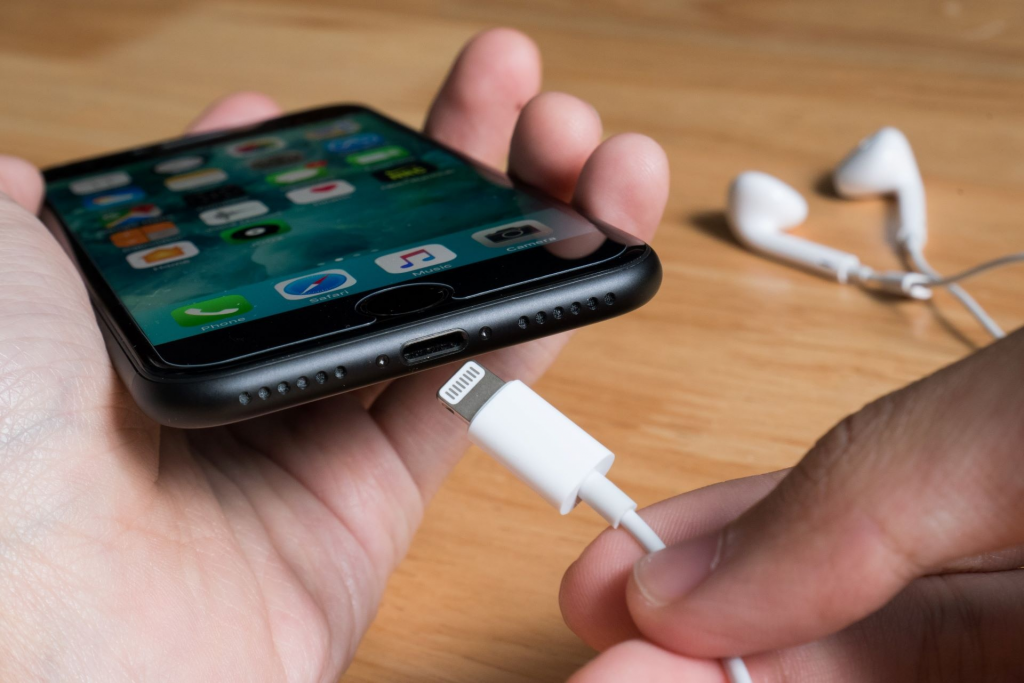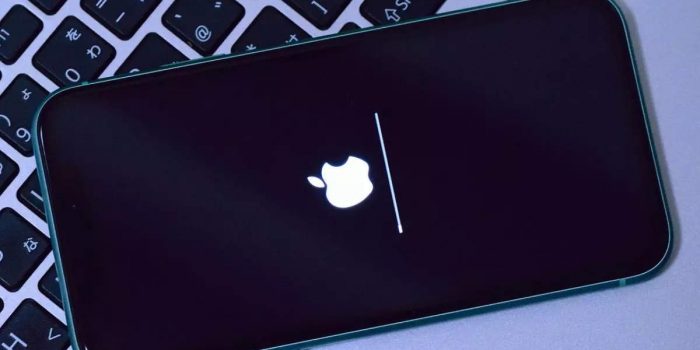Apple has introduced a new power-saving feature called Clean Energy Charging to iPhones in the U.S. via the iOS 16.1 update.
The new feature measures your local energy grid when your iPhone is plugged in and is active at certain times of the day to reduce your energy consumption and slow the impact of pollution on the environment. The feature changes the phone’s charging speed to pull electricity only during times when there’s cleaner energy available from the grid. The aim is to help reduce carbon pollution, which is a leading cause of worsening extreme weather events that threaten our planet.

Apple says Clean Energy Charging is designed to reduce carbon pollution, the biggest source of planet-overheating carbon pollution and other gases. Energy production is responsible for more than 60% of this harmful pollution.
While some users have criticized the feature, saying Apple shouldn’t decide when or how much energy an individual uses, others have praised the company for this sustainable move. The feature is a part of Apple’s optimized charging setting, which forecasts the potential carbon pollution produced by your local energy grid to predict the best time to fully charge your phone.

The future of energy management will include devices that listen to grid signals and become intelligent enough to shift their load to the cleanest and cheapest times.
If you don’t wish to use the optimal charging time feature, you can switch it off by opening the battery settings on your iPhone in the Settings app. Then, look for the Battery Health & Charging section and toggle Clean Energy Charging to “off.”

Some users claimed that when they turned the feature off, they still noticed slower charging speeds. But this is a deliberate misunderstanding of the feature and how it works, according to Apple Insider.
Clean Energy Charging is a step towards more sustainable energy management and reduction of carbon pollution, and it highlights the need for more innovation in the energy sector to shift towards carbon-neutral power production.


